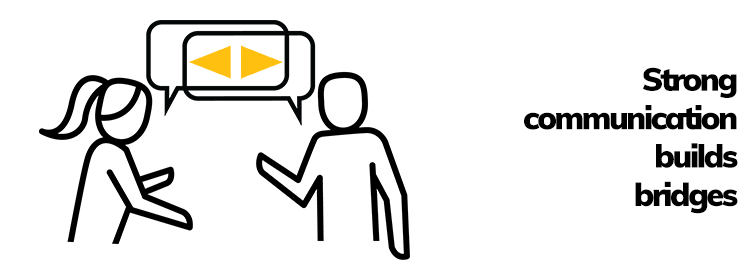
In 30 seconds
Tech is great, but it’s only as good as the people using it. That’s especially true for communication.
But wait, there’s a catch. Tools like Slack and Teams, while helpful, can cause information overload and misunderstandings. Constant messages, unclear chats, and brief texts lacking context can create a communication mess.
On top of that, company .....


New Article Email Notification